Quick answer – Dog collars should be comfortably tight:
- not too tight; and
- not too loose.
Ideally, two fingers should be possible to place between the collar and your dog’s neck which is a commonly accepted way of measuring the best possible collar tightness.

![]()
Contents:
- What is a Dog Collar?
- How Tight Should a Dog Collar Be? (Detailed Answer)
- Functions and Features of Dog Collars
- Dog Collar Types
- Types of Dog Collars by Purpose
- Dog Harness as an Alternative to the Collar
- Regular Collar Check
- Summary and Tips
A dog collar is a basic and important dog accessory. However, whether you are buying one to welcome a new member of the family or to replace an exis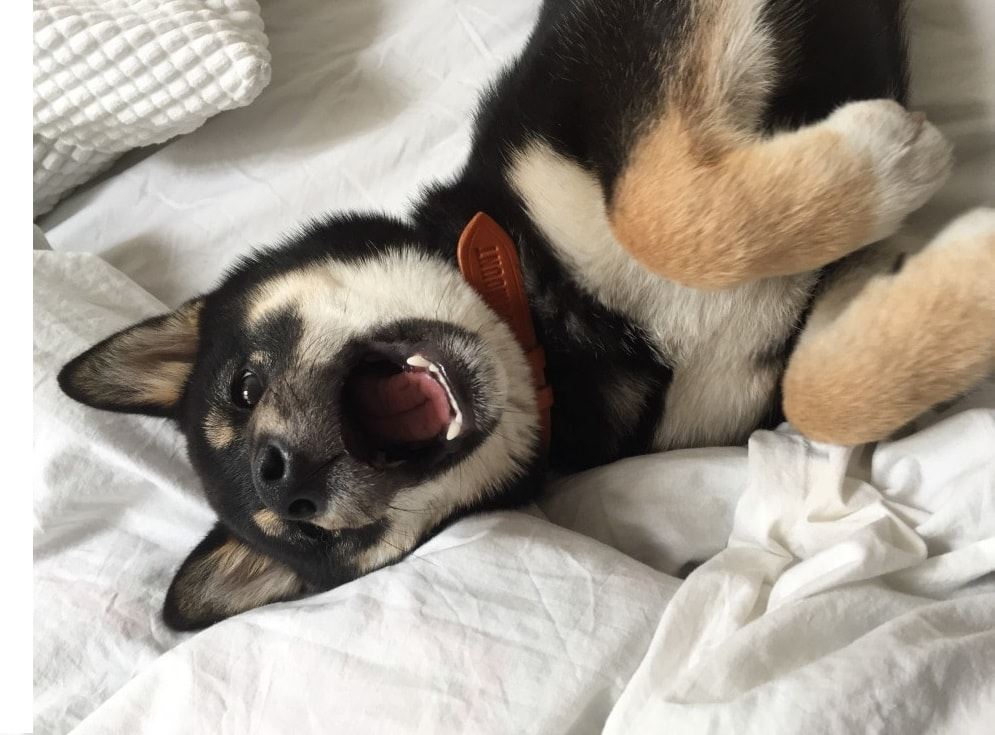 ting dog collar, it should be more than just an impulse purchase.
ting dog collar, it should be more than just an impulse purchase.
There is more to the collar than just being a dog accessory and a few important things you need to know before making the purchase.
How tight should a dog collar be to make the dog feel comfortable without limiting his head movements? What is the right collar width? What are the different types of dog collars and how they differ from each other?
All those small things may have a great impact over the comfort and health of your dog. The best dog collar is the one that does its original job while keeping your dog comfortable. So, if you really want to make your and your dog’s life easy try to learn as much as possible about dog collars before making the buying decision.
This summary guide is exactly what you need. It contains everything you need to know about the dog collars.
What is a Dog Collar? Dog Collar Definition
A dog collar is a basic accessory for dogs. It surrounds a dog´s neck and is designed to control and manage the dog, usually through a dog lead.
In addition, it can also be used for decoration, protection, or identification.
Dog collars may be made of any solid material in the form of a strap. Common materials used are textile, leather, or metal.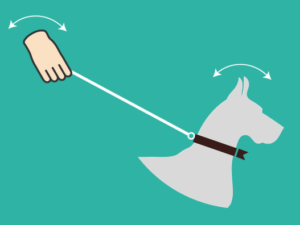
How Tight Should a Dog Collar Be
So, what is the recommended space between a dog’s collar and its neck? How tight should a dog collar be? The circumference of the dog’s neck is critical here. In general, the collar should not be too tight or too loose.
When measuring the circumference of your dog’s neck with a measuring tape, you can follow the two-finger rule. There should be enough room to slip two fingers between the collar and your dog’s neck.
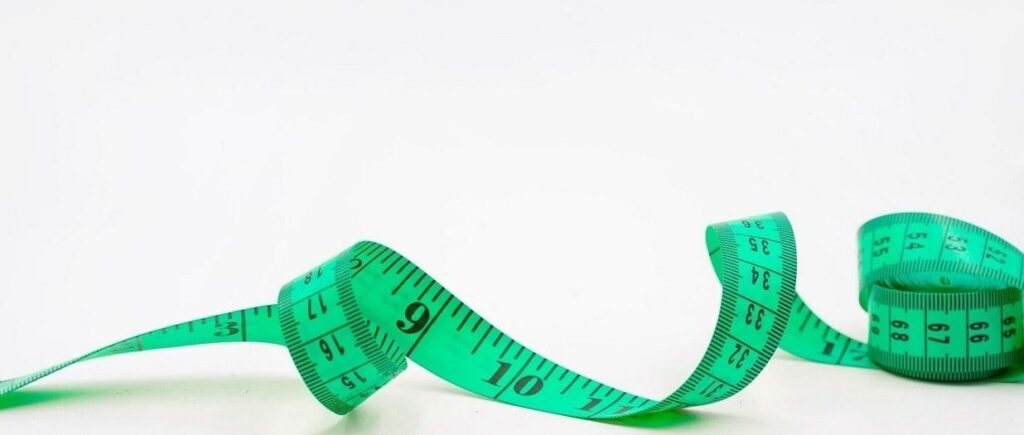
Alternatively, you can add a few centimeters to the size of your dog’s neck. However, it should never be too loose that it’s easy to drag the collar over the dog’s head.
When considering the overall length of the collar, it is also necessary to consider the type of your dog’s hair. While some dogs keep around the same amount of hair all year round, some of them shed during the summer but are fluffy again in the winter months. Therefore, for these dogs, you should account for the enlarging and shrinking of the neck circumference.
Also note that while short collars can choke dogs, too narrow ones can cut them. It can even damage their larynx in extreme cases. The dog may also become stressed if his collar is either too short or too narrow. To select the appropriate collar width, we have prepared an article on What Collar Width to Choose that you can refer to.
Dog Collar: Functions and Features
Dog collars help to manage, control and protect your dog. Even without the studs fitted, if the collar is durable enough, it can be great for protecting the neck from being attacked by another animal.
Dog Collar can also serve as a place for different identification data and equipment. The most common is a rabies vaccination sign. It can also be a dog tag or dog collar pouch with the name of the dog, your address and phone number, in case the dog runs away. You can likewise place a dog collar pendant, dog collar jingle, or light.
Collars may also have other specific uses. The owner can use special types to train their pets, to prevent ticks and fleas, to stop barking dogs, for monitoring, and more.
It helps to learn more about the different types of dog collars in order to choose the right one that will best suit your dog. So, let’s dig a little deeper and see what types of dog collars are currently available on the market.
Types of Dog Collars
Textile Collars
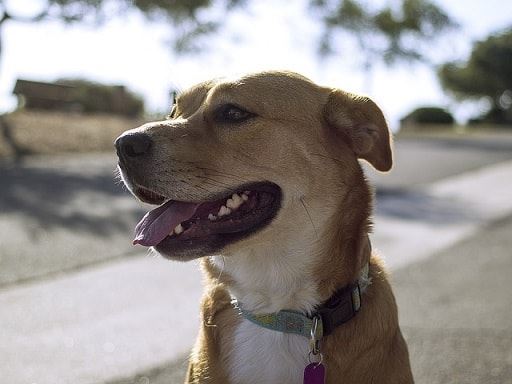
The advantage of textile collars is that they are lightweight. Textile collars are available in a plethora of styles in the market, mostly nylon or made of waterproof neoprene. They are usually quite economical although you cannot bet on long term stability or durability especially when non-metal clips are used for fastening.
Metal Collars

Metal collars, most often available as chain collars, are more suitable for short-haired dogs. If they are not directly designed as slip collars, the small width of the collar itself can strangle or cut into the dog´s neck. Some disadvantages of chain collars include its weight and its susceptibility to surface corrosion, which is quality-dependent.
Leather Collars

Leather collars are popular because of their durability. Those made of genuine leather can serve several generations with the right care. Because leather is a natural material, it works and matures with the dog over time. However, cowhide is not water-friendly. Compared to textile, leather collars are likewise heavier and more costly.
Special Types of Collars
Flea and Tick Collar
You can find flea and tick collars in stores as a separate product. They are also referred as an anti-parasitic collar. These are used to keep dogs free of pests. The material of the collar is impregnated with a chemical that repels or kills ticks and fleas. However, the effectiveness of the anti-parasitic collars is temporary.
Electronic Dog Collar
Electronic collars alert the dog through sound, vibration, or electrical impulses usually as punishment for disobeying orders or exhibiting unwanted behavior. They are used for training and can also be useful in public spaces. The issue about this type of collar though is that using electrical impulses is not considered a humane way to discipline a pet.
Anti-barking Collar
An anti-barking collar helps prevent excessive barking. This is done by means of an electrical pulse or by spraying gas on or in front of the nose. Anti-barking collars do not solve the reason for barking though, just its suppression. Since this type of collars somehow restricts or limits the dog, it is unpleasant for him and so their use should be minimized and limited to training.
GPS Collar
GPS collars are useful if the dog gets out of the house unattended or if you lose sight of him. They most often use either a mobile network, satellites or even your car navigation system to determine the dog’s position. A conventional collar can be provided with an additional locator, or a complete GPS dog collar solution can be purchased. You can then locate your dog via the app on your mobile phone, a computer application, or in the case of more professional solutions, via a radio base.
Luminous Collar, LED Collar, Reflective Collar
All these collars work as a safety accessory and are great aids when it is dark. They will help you not to lose contact with the dog when there is limited visibility. They are often available in nylon and silicone materials.
Collars by Purpose
Does every collar suit every purpose? Not really.
This makes it crucial then to first determine what your purpose is for buying one before you actually buy it. While there are many different purposes for using a collar, you can limit them into two basic categories – for casual wear and for training.
Collars for Casual Wear
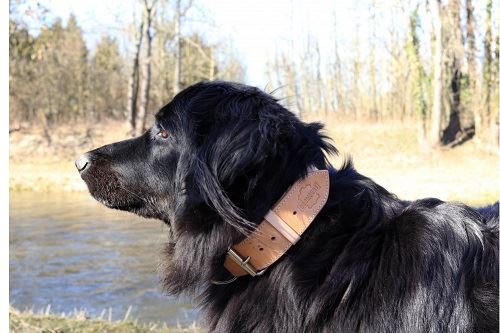 For casual wear, you can choose either textile or leather collars as long as they are sufficiently wide enough for your dog.
For casual wear, you can choose either textile or leather collars as long as they are sufficiently wide enough for your dog.
These collars are usually designed to be flat to make the dog feel comfortable. Casual wear collars are suitable for walking, storming in the city, nature tripping or even for more demanding activities.
These collars are available with a fixed buckle, either plastic or metal. Some special subcategories mentioned above, such as the GPS collars, luminous or reflective collars, can be used for casual wear. For the summer months, you can add tick prevention to a basic collar to protect your dog.
Training Collars
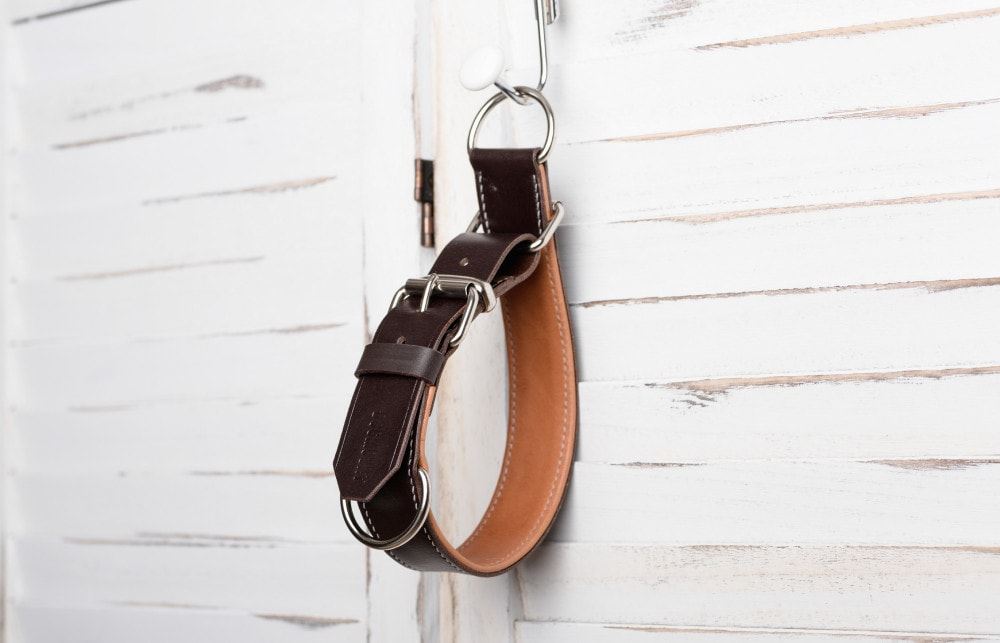 For training purposes, you can choose a special dog training collar with slip construction or with any of the electronics described above.
For training purposes, you can choose a special dog training collar with slip construction or with any of the electronics described above.
Slip collars are used to prevent unwanted dog pulling and can be divided into semi-slip (often known as martingale dog collars) and slip collars. The main difference is that while the semi-slip collars have a stopper that prevents choking, the slip collars do not. The slip collar can strangle to some defined extent but it can also lead to full strangulation.
The semi-slip and slip collars are usually made of metal or in combination with other materials. For example, you can find a leather collar with a metal chain combination. Full leather collars are also available but highly uncommon.
Harness as an Alternative for Collars
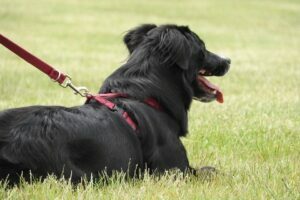 A dog harness is a good alternative for a dog collar. It is a set of straps placed on the dog’s hull. It has its own set of advantages and disadvantages though.
A dog harness is a good alternative for a dog collar. It is a set of straps placed on the dog’s hull. It has its own set of advantages and disadvantages though.
Advantages of a Dog Harness:
- It ensures higher overall comfort of the dog as long as the harness is the appropriate one for him.
- The weight spreads evenly over the whole hull while pulling which saves the spine.
- The dog may feel more relaxed compared to the collar.
Disadvantages of a Dog Harness:
- The harness is usually a more expensive choice. The emphasis must be placed on the highest quality harness especially for larger dogs.
- A dog harness can be more difficult to set on the dog initially, especially on energetic ones.
- If the dog on the harness is not at rest, it is more difficult to control. The harness allows the dog to move more heavily due to the force or power distribution.
- It takes dogs longer to get used to a harness.
In comparison, here are the advantages and disadvantages of using a dog collar.
Advantages of a Dog Collar:
- Dogs can be better guided, led or controlled because you need to exert force or power only to the front part of the dog’s body.
- Collars are easier to choose. There is no need to try it out on your dog at the shop.
- Collars are easy to fit.
- Collars are a cheaper choice on average.
Disadvantages of a Dog Collar:
- They may cause discomfort, stress, or injury to the dog if selected incorrectly.
- Some dogs may not tolerate the collar. When they pull, the pressure is placed on the neck which results in loss of air supply. The dog becomes stressed and will pull even more. The more he pulls the more stressed he becomes.
Regular Collar Check
Similar to people growing out of their clothes, dogs also do not have to wear their original collar forever. Their collar may become unsatisfactory over time such as when a puppy continues to grow or when an adolescent dog becomes stronger. It becomes either too tight or too narrow.
In both cases, the dog becomes restricted and can be strangled or cut into. This is the time to get him a new collar.
You should always conduct a random visual check of your dog’s neck to see if the collar is still appropriate. It should not irritate the hair in any way, cause it to over-harden or fall.
The two-finger rule must always be applied.
It is also necessary to check the overall condition of the collar. Check to see if any collar joints or fastenings are loose. The construction should still be sufficiently firm. Make sure that the collar will not loosen or break even under extreme conditions.
Further, always follow the manufacturer’s recommendations for special collars. Regularly check the battery status and construction of electronic and GPS collars. For anti-parasitic collars, replacement intervals must always be carefully monitored.
Summary and Tips
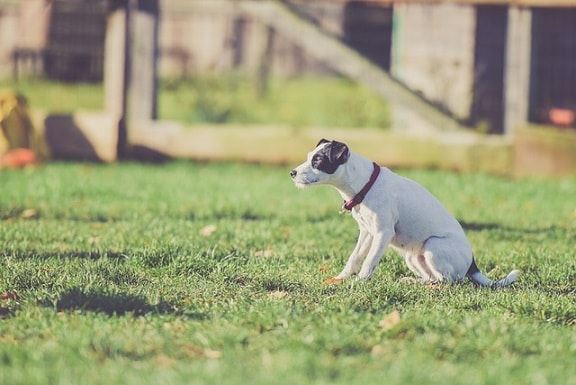
Collars have four basic purposes:
- managing your dog
- decoration
- identification
- and protection
Before choosing a dog collar, it is recommended to familiarize yourself with the many different types available in the market. Each collar differs in type of construction, material, and purpose. This is why experienced breeders are usually equipped with a variety of collars for their dogs that they change as needed.
The collar should be selected according to your dog’s:
- size
- weight
- and the circumference and the length of its neck
Choose a collar according to these parameters and make sure that its length, width, weight, and strength are adequate for your dog.
Note that some dogs may not like to wear collars at first. They may try to wriggle themselves out of it especially during the early stages.
When choosing a collar, you need to be sure that:
- it is not too tight and does not cause strangulation (choking);
- it is not too thin and does not cut into the neck;
- it is not too loose that your dog can wriggle out;
- it is not too wide for your dog to feel uncomfortable but at the same time, it should not limit him when moving his head;
- its use cannot lead to any flesh wounds, discomfort or trauma;
- it does not cause skin irritation;
- the hair does not get tangled in it;
- it is of good quality and firm enough to control the dog in any situation;
- it is not too heavy relative to the size of the dog.
Lastly, it is also advisable to go through your house and remove anything inside that could be trapped in the collar in your absence. This is to avoid serious consequences that are detrimental to your dog and your property. Also, if you are not using a GPS collar, always remove the dog’s collar at home.
We would like to continue to improve this article with your contribution. We appreciate it if can you share your opinions, suggestions, or experiences with us at: [email protected]

